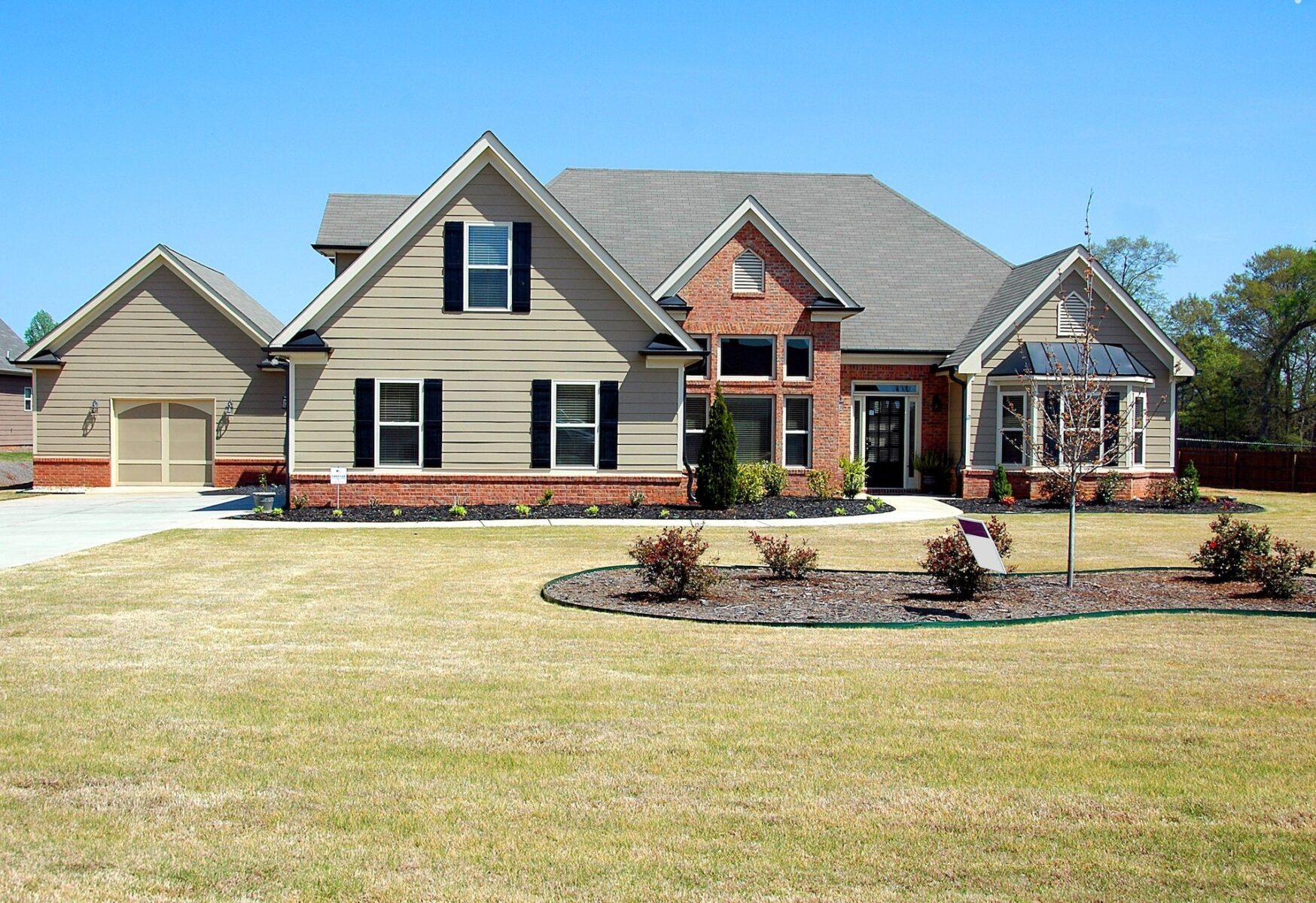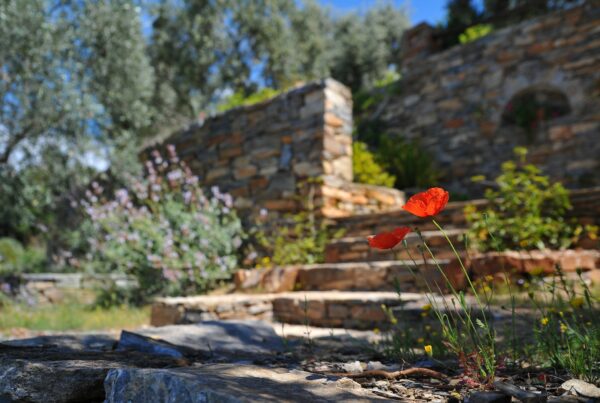Last Updated on March 14, 2024
Landscaping encompasses all the changes you can make to an outdoor space. From gardening to building patios to planting trees or shrubs, homeowners and business owners all over the country attempt to make their properties more attractive or functional by taking on landscaping projects. A yard or large plot of land represents a blank canvas for creativity.
No matter the scale of your project, a successful landscaping job requires a mixture of smart planning, an eye for design, and investment. Even if you choose to go the DIY route with the project, you will likely have to spend money on tools and materials. If you hire a professional contractor for the job, then you will have to pay for labor costs as well.
Before you start your landscaping project, you need to be aware of the resources you will need and come up with a plan. Here are a few things that you will need to start landscaping successfully.
A Plan
The most important step for your landscaping endeavor is the planning stage. You need to determine what the project will be, how large the area that you will be changing is, what materials will be needed, how much they will cost, and if you have the tools necessary to complete the project. There are pros and cons to DIY landscaping, so you’ll also need to decide if you want to work on the project yourself or hire contractors to do it for you. With a well-planned strategy in place and specific goals for the project, you can move on to the next stage.
The Right Tools
Every landscaping project requires tools of some kind. For small-scale projects like a personal garden, you may already have what you need with shovels, rakes, and other handheld gardening tools. However, if you own a business property or a large plot of land with massive landscaping needs, then it might make more sense to own a skid steer with attachments like a landscaping rock rake. This type of equipment will allow you to tackle much larger projects for the property and avoid wasting time and energy with manual tools. If you don’t already have the tools needed for your landscaping needs, you may need to consider buying or renting them for the duration of the work.
Choose Your Materials
Most landscaping projects involve the purchase of other materials, such as wood, mulch, concrete, topsoil, or outdoor decorative elements. Depending on the type of project, you will have to decide which materials make the most sense for the changes you want to make. A patio, for example, could have a base made out of stone, concrete, wood planks, or a gravel bed. For gardening, there are many types of topsoil and mulch that you could use to foster plant growth. Maybe you are building a barrier feature, in which case you’ll be choosing between a picket fence, wooden posts, metal fencing, or a stone wall. This decision should be made with a combination of appealing design and functionality.
Research
Knowing how to complete a project efficiently can ensure that it is done correctly. Even if you are an experienced landscaper, there could be elements of the project that are a new experience for you. The last thing you want is to move through certain construction steps that are unfamiliar and find out that you messed up the integrity of the project somewhere along the process. No matter what landscaping goal you are chasing, conduct additional research on the front end to see how others have handled similar projects. Are there aspects that you did not consider that will make for a better final product? Are there mistakes you can avoid by learning from someone else? Find out everything that you can about your specific project before you get started.
Patience
Some landscaping projects take a long time. You may start with a vision in your mind, but as the work continues, you start to lose sight of that vision and get discouraged with the progress you are making. Landscaping takes patience. There may be a lot of work to be done that takes days, weeks, or even months before the final product is finished. If you have a great plan for the work and you did the research, then trust the process and understand that it is probably going to look ugly before it matches the image in your mind. You have to break down or destroy what is there to make room for what will replace it.
Never Skip Steps
In the name of finishing the project faster and seeing immediate results, you may be tempted to skip some steps like crafting a thorough plan or doing additional research. Don’t make this mistake. Landscaping mishaps could be detrimental to your property value and the aesthetic appeal of the outdoor space. It is better to be safe and take your time with the project than try to rush through and make a mistake that ruins your vision. Follow every step by crafting a plan, investing in the right tools, choosing materials, conducting project research, and being patient with the process.





